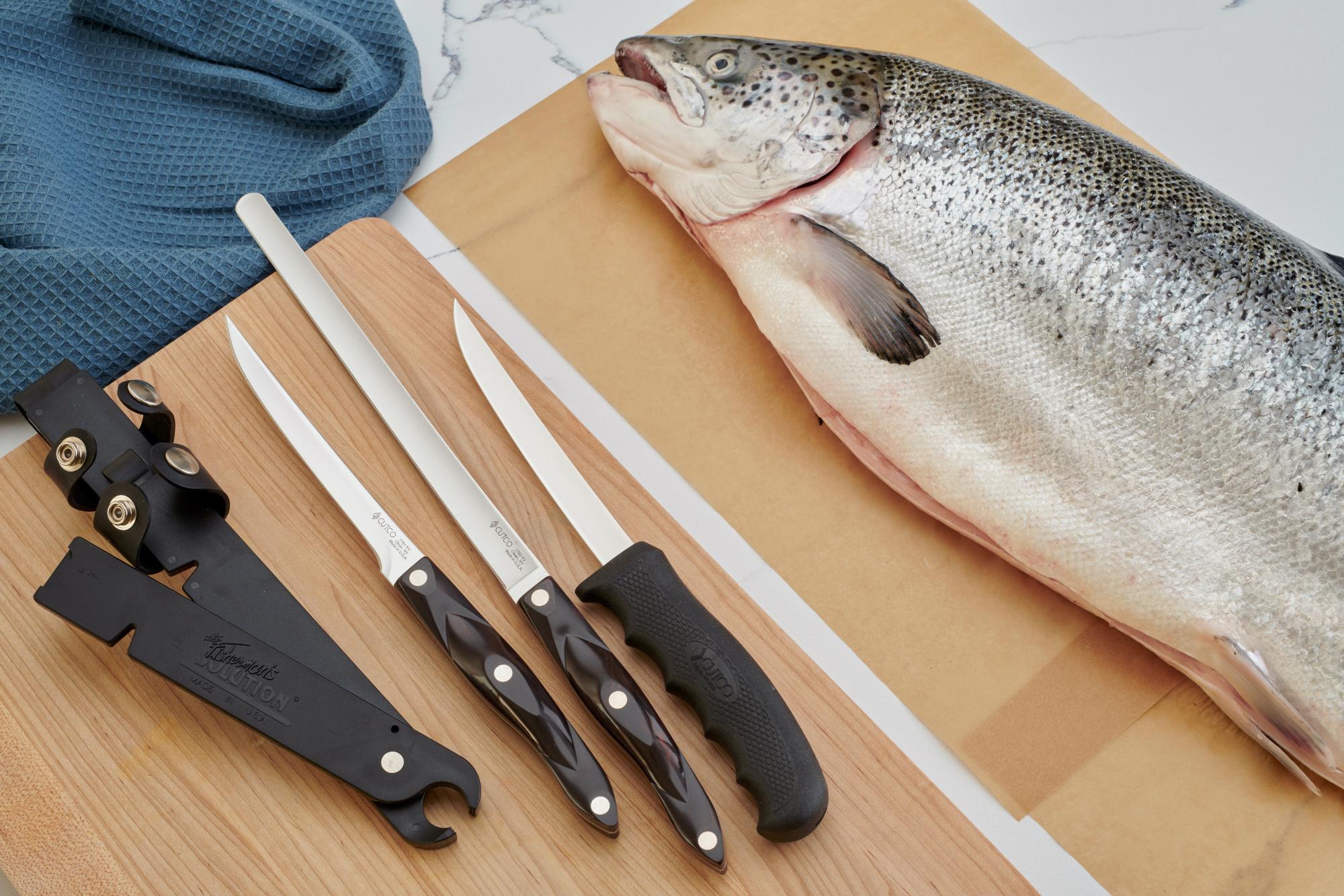How to Do the Hammered Finish on a Chef Knife: Step-by-Step Guide
Written By James Morgan
For barbecue enthusiasts, owning a top-notch chef knife is essential. One way to make your knife stand out is by adding a hammered finish. It's not just about aesthetics; the textured surface can also help with food release when slicing. In this guide, we'll show you how to do the hammered finish on a chef knife, step by step.

Why Choose a Hammered Finish?
Before diving into the process, let's discuss the reasons why you might want to add a hammered finish to your chef knife.
Visual Appeal
A hammered finish adds a unique, rustic look to your knife. For those who take pride in their BBQ tools, this can be a great way to personalize your equipment.
Functional Benefits
The little dimples created by the hammered finish can help reduce friction, making it easier to cut through sticky foods. This can be particularly useful when slicing meats and vegetables for your BBQ.

Materials and Tools Needed
Before you start, gather the following materials and tools:
- Chef knife
- Ball-peen hammer
- Anvil or sturdy metal surface
- Protective gloves
- Safety glasses
- Polishing compound
- Cloth

Step-by-Step Guide
Step 1: Safety First
Ensure you wear protective gloves and safety glasses to avoid any injuries. You will be working with heavy and sharp objects, so safety should be your top priority.
Step 2: Prepare Your Knife
Clean your knife thoroughly before starting the process. Any dirt or residue can affect the finish.
Step 3: Create the Hammered Finish
Place the blade of your knife on the anvil or sturdy metal surface. Using your ball-peen hammer, gently tap the blade to create a series of small dimples. Be sure to maintain an even distribution to achieve a consistent pattern.
Step 4: Polishing
After youve achieved the desired hammered pattern, use a polishing compound and cloth to clean up the surface and remove any rough edges.

Additional Tips
Here are some additional tips to ensure you get the best results:
- Practice on a scrap piece of metal before working on your knife to get a feel for the technique.
- Keep your strokes consistent in pressure and spacing for a uniform texture.
- Frequently check your progress to ensure you're achieving the look you want.
Common Mistakes to Avoid
While the process is straightforward, there are some common mistakes that you should avoid:
Too Much Pressure
Applying too much pressure can damage the blade. Its better to use light, consistent taps.
Inconsistent Pattern
A random or uneven pattern can make the knife look unprofessional. Take your time to ensure even spacing.
Caring for Your Hammered Finish Chef Knife
After you've successfully added the hammered finish, it's crucial to maintain it. Regular cleaning and proper care will ensure that the finish remains intact and the blade stays sharp.
Regular Cleaning
Always hand wash your knife and dry it immediately to prevent rust and corrosion.
Sharpening
While the hammered finish adds aesthetic and functional value, its essential to keep the blade sharp for effective cutting. Use a whetstone for regular sharpening.
FAQ
1. Can I use any hammer for the hammered finish?
It's best to use a ball-peen hammer as it provides the best control and results.
2. Will the hammered finish affect the knifes performance?
The hammered finish can improve performance by reducing friction, making it easier to slice through food.
3. How long does the process take?
The process can take anywhere from 30 minutes to a few hours, depending on your experience and the desired finish.
For more tips on knife skills and care, check out this guide on making a chef knife roll.
As an Amazon Associate, I earn from qualifying purchases.



